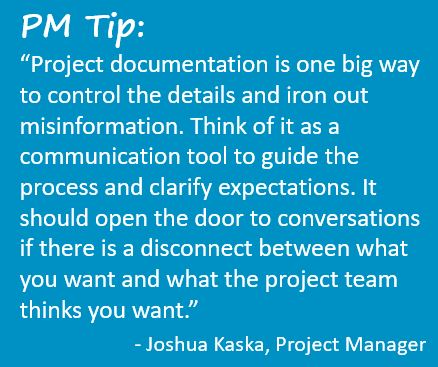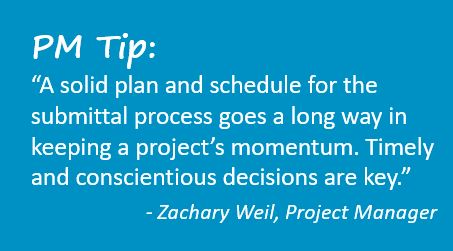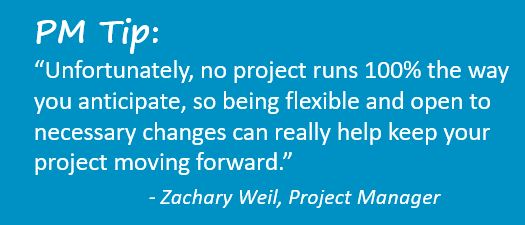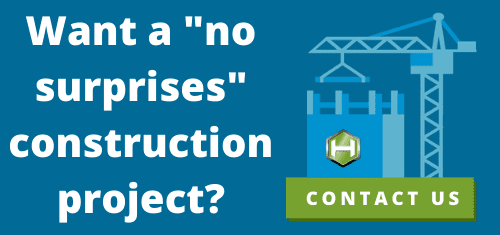Lessons Learned Part III

HOW TO KEEP YOUR PROJECT CHUGGING ALONG TOWARD THE FINISH LINE
Project schedules are such a big factor in success of a project. Not only does it drive an owner’s ability to move in and begin using their facility when expected, but it can have a huge impact on things like cost, quality, and even safety. Here are our Project Management team’s suggestions to keep your project’s momentum moving in the right direction.
Expectations set the tone.
Projects that run most smoothly have one thing in common – realistic expectations. In the construction industry, clear and concise language is critical in ensuring the owner gets the finishes they want. When vague or generalized specifications are thrown together in lieu of taking the time to make focused decisions on things like methods or materials, construction projects can end up looking and feeling very different from a client’s expectations. Communication within the team at all levels early in the design process helps streamline the process and keeps everyone on the same page. Having respectful and open conversations with the entire project team allows for questions, clarification, and the transmission of realistic expectations.When in doubt, always ask. Your project team wants you to be happy with the final space! It is much more efficient in terms of both time and money to discuss expectations at the onset of a project, rather than trying to correct a misinformed construction decision or product once it’s in motion.

Don’t let FOMO set in.
Have you heard of “Fear of Missing Out” or FOMO? It is a very common struggle for people who need to make big decisions, especially when you have to make many of them at once. Indecisiveness can quickly derail a project schedule, particularly once entering the submittal process. While it may be difficult not to go down the path of FOMO, making conscientious and timely decisions will be a huge determinant in your project being completed on schedule.
According to Horst Project Manager Zachary Weil, “Sometimes a week or two delay on the submittal approval end can equal months of extra lead time on materials. As difficult as it can be, you have to just clear your mind of distractions, determine what you really want, and make the decisions accordingly.”

Take a step back from emotions.
Emotional investment in construction projects is very common. It shows that you care about your business or organization and the mission you are trying to further by building. The downside to the emotional tie to a project is that it can cloud judgement at times. Much like a bride can become obsessed with very small details when planning her wedding day, sometimes an owner can get so far into the weeds that it’s difficult to see the big picture. Being able to step back, take a breath, and see things from a less emotional perspective often allows new solutions to surface.
“Having a rigid mindset that does not allow for consideration of new ideas or methods means that when something out of the ordinary comes up, time and productivity is lost. Flexibility can make or break a project when something unexpected happens. It is easy to get stuck and have a project’s momentum stall out, ” says Zach Weil, Project Manager. As noted above, having realistic expectations tempers you to the understanding that things will come up during construction.

Horst Construction is proud to provide our Clients with comprehensive, honest, and straight-forward information and deliver a “no surprises” construction experience. We would love the opportunity to discuss your project goals and how to best match your vision with your resources. Please feel free to contact us to schedule a phone call or consultation. Download a PDF version of this article.
Posted January 22, 2020

